Best unlocked phones
The best unlocked phones give you the freedom to choose your carrier
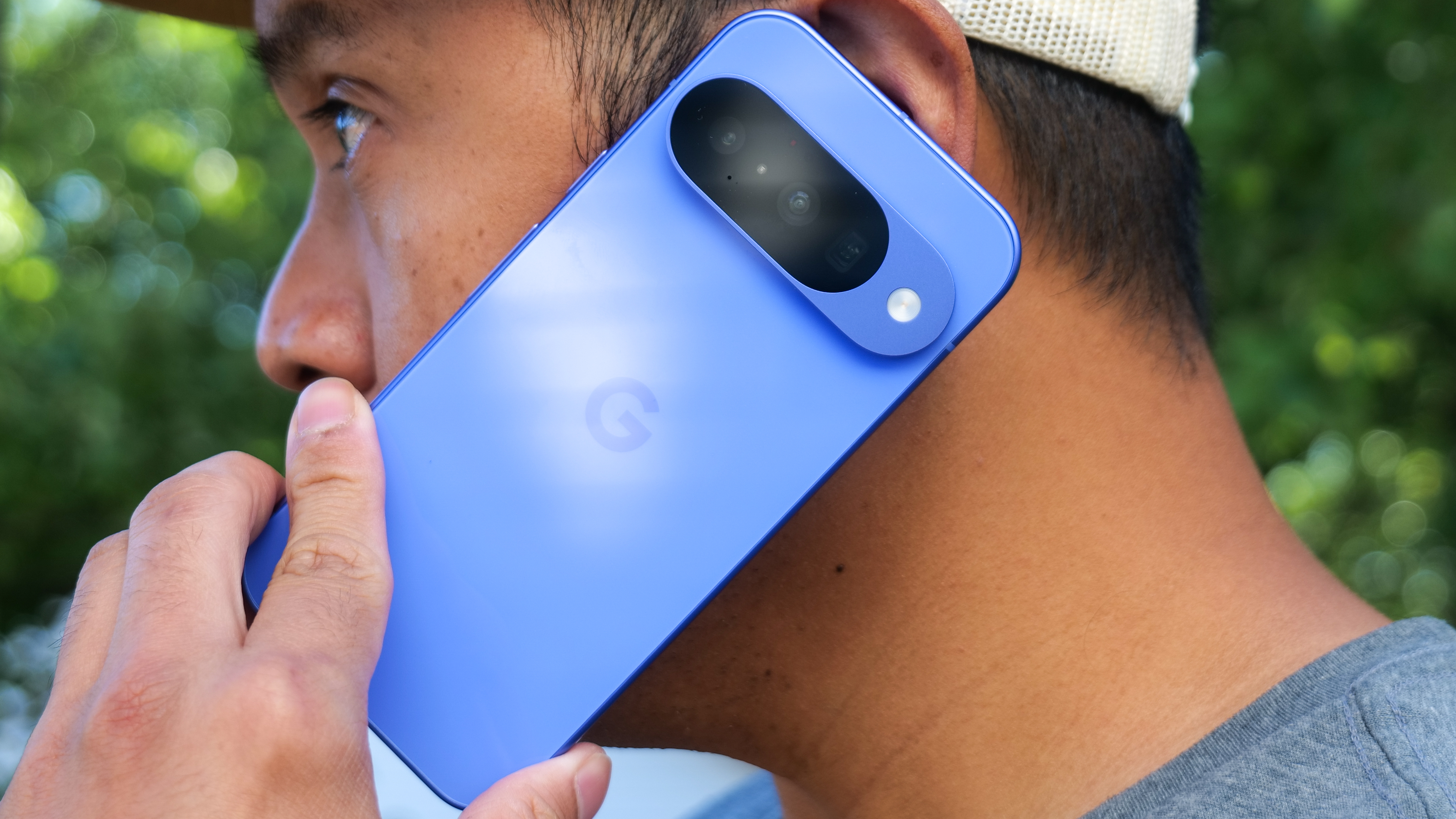
The best unlocked phones let you get whatever device you want while remaining free from carrier payment plans. Although you have to buy these devices upfront, paying the full price all at once, you can then bring that unlocked handset to the best phone carrier for your needs.
Don’t worry if you want to switch carriers. It’s super easy to jump from one to another when you own an unlocked phone, especially if you're looking to shave your monthly cost with any of the best cheap phone plans out there. And the best part is, you don’t have to pay any early termination fees.
All the big phone releases for the year are out, and it's been an impressive year for smartphones with the Pixel 10 and iPhone 17 establishing themselves as the best premium options for people looking for an unlocked phone. But there are lower-cost entries, too, such as the iPhone 16e and Pixel 9a, if you don't want to shell out too much money for your unlocked phone.
While the best unlocked phones almost certainly support GSM carriers like AT&T and T-Mobile, it’s best to look for devices that work with all the major U.S. providers, including Verizon. That way, you can freely choose to take your device to any carrier. Although, you can still technically unlock a carrier phone after it's been paid off, or after a period of time.
Also, it's worth knowing that many wireless carriers have policies about unlocking phones. Even though carrier phones are locked, you generally request them to be unlocked after a certain period of time. Other retailers, like Best Buy and Amazon, sell phones that are unlocked right out of the box.
Quick list

Armed with a new triple camera system and backed by more AI features, the Pixel 10 is the best unlocked phone you can get, especially when it supports many 5G bands, including 5G mmWave + Sub 6GHz Model GLBW0.

You could pay more for the iPhone 17 Pro, but why do that when an unlocked iPhone 17 gets you excellent results for less. Better yet, it's perfectly sized, while still offering an outstanding dual-camera setup.

The latest flagship from OnePlus is the first Android device to hit the U.S. with the advanced Snapdragon 8 Elite Gen 5 chipset, pushing this Android phone to new heights in performance and battery life.
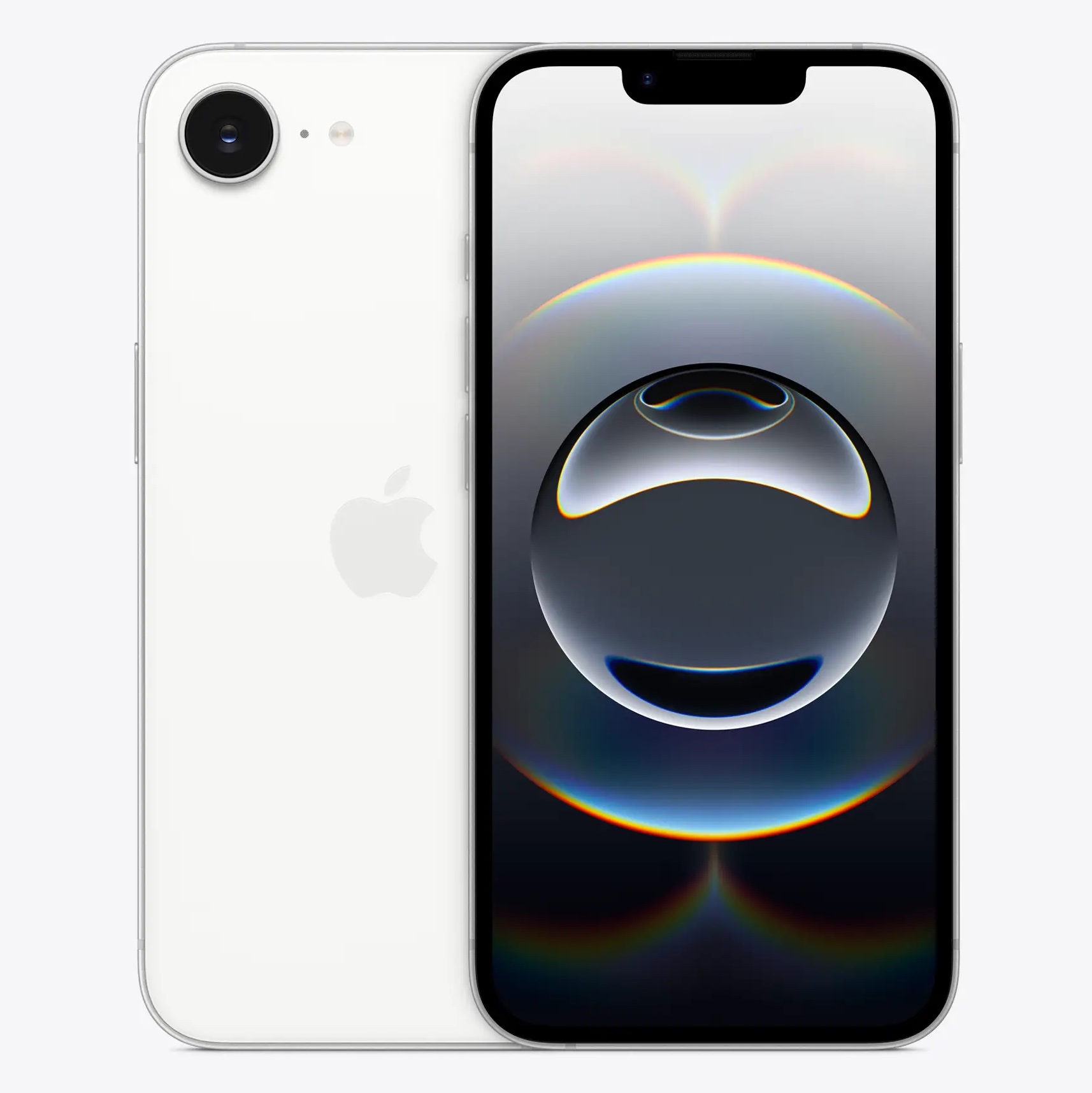
Often considered as the spiritual successor to the last SE, the iPhone 16e is a bigger, more substantial upgrade complete with a premium design, outstanding main camera, and Apple Intelligence features.
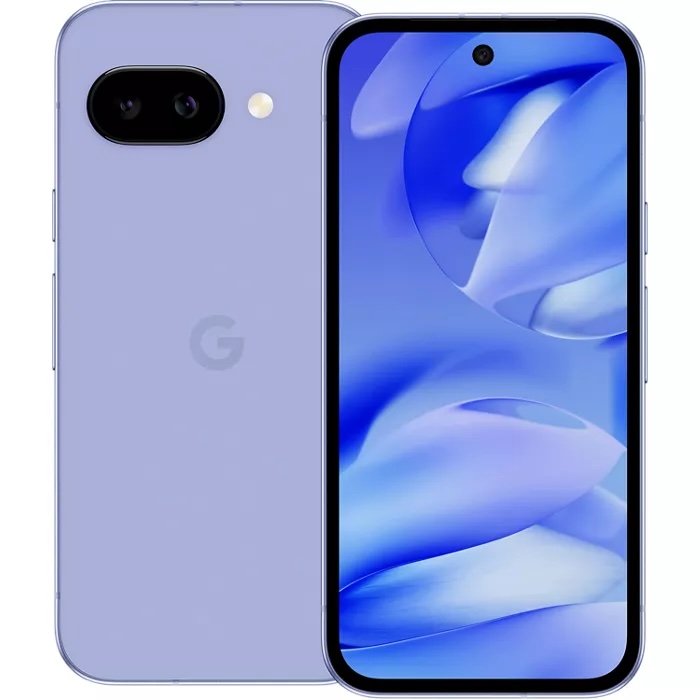
Google sets the bar for mid-range phone with the Pixel 9a yet again , complete with a new design with flush cameras, longer battery life, and more AI features you can handle.
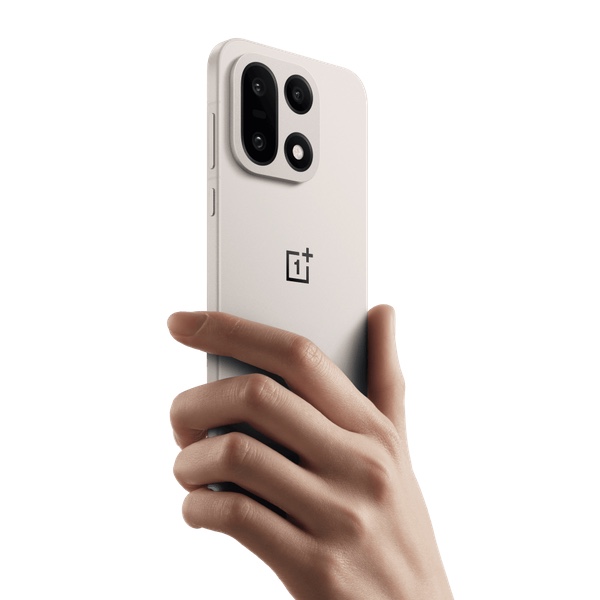
While not as inexpensive as previous R series phones from OnePlus, the OnePlus 15R does deliver impressive battery life in a phone that shares a lot in common with the OnePlus 15.
Load the next products...

It's easy to pay for the Moto G (2026) upfront as the phone starts at $199. In return, you get a long-lasting device with an eye-catching design that takes better photos than you might expect.
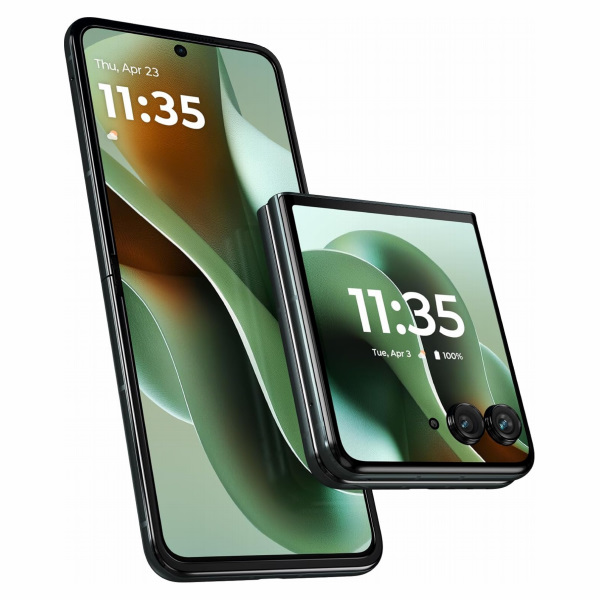
Motorola's new Razr Ultra 2025 is a foldable on steroids with a much larger battery, flagship caliber Snapdragon 8 Elite chip, more storage, and Moto AI features that expands its experience.

I'm the senior editor for mobile at Tom's Guide, where I've been working since 2023. I've been covering mobile tech for 17 years in total, starting with old school feature phones and early smartphones powered by Palm OS and Windows Mobile. I'm a New Jersey native and keep up with the latest mobile tech.
The best unlocked phones you can buy today
Why you can trust Tom's Guide
Best unlocked phone overall
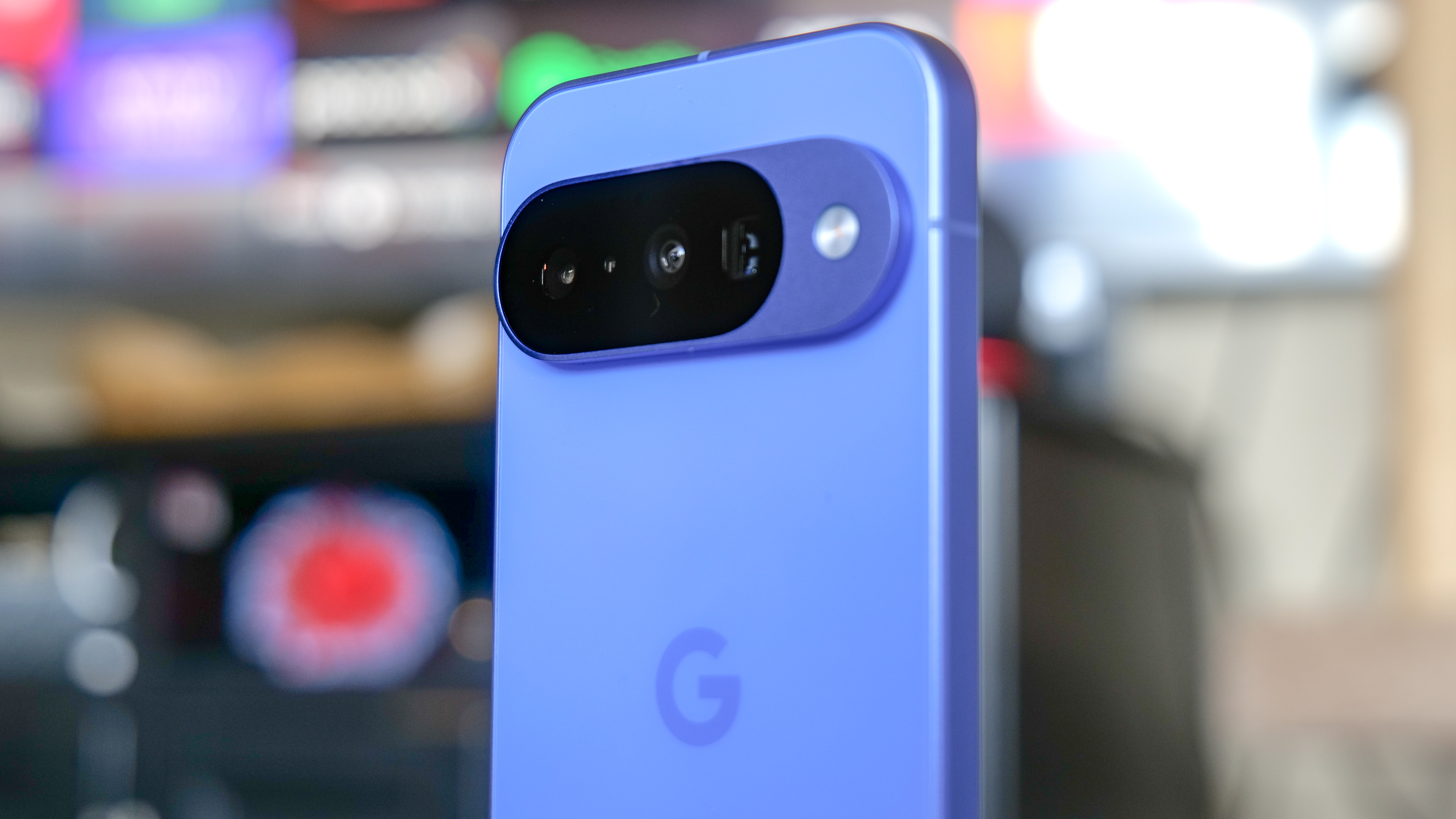

Specifications
Reasons to buy
Reasons to avoid
Google's Pixel 10 is the best unlocked phone you can buy. Not only is it sold by many wireless carriers and through Google directly as an unlocked model, but it also has support for many LTE and 5G bands — including 5G mmWave + Sub 6GHz Model GLBW0. Google has not only switched to all eSIM with the Pixel 10, but the phone offers dual eSIM support that allows for two active eSIMs and it can store up to 8 eSIMs.
Beyond that, the Pixel 10 also sets the benchmark for nearly every other phone in the $799 price range large thanks to its triple camera setup, super bright screen, and AI features. The latter makes the Pixel 10 even more versatile as new features such as Magic Cue and Voice Translation show how AI is working in the background to help you get stuff done.
The current model also gets a proper telephoto camera with 5x optical zoom, while new AI-editing features like Camera Coach, Ask Photos, and Auto Best Take will up your photography game.
Read our full Pixel 10 review
Best unlocked iPhone
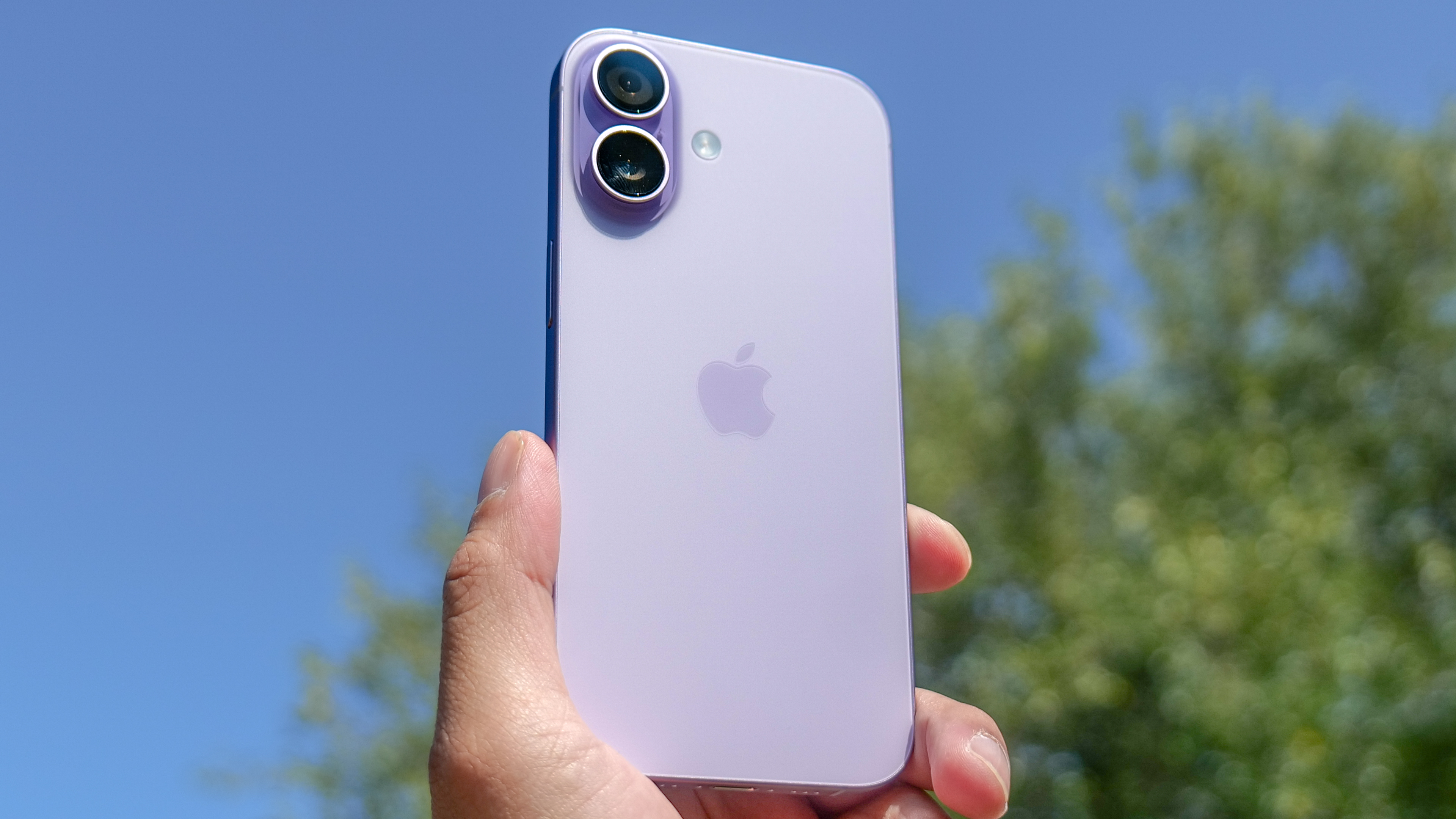
Specifications
Reasons to buy
Reasons to avoid
The iPhone 17 is the entry-level model among Apple's flagship phones. This is one of those generational upgrades, because the iPhone 17 gets even improvements upgrades that make it feel awfully like the iPhone 17 Pro. For starters, it's the best unlocked iPhone because of the amount of cellular bands it supports — with eSIM-only models giving more room for the battery.
Beyond that, Apple upgrades the display in two major ways. The first being that it's now a larger 6.3-inch OLED, up from the previous 6.1-inch one, while also reducing the bezels around. The second, and more important upgrade, is that it now finally has a 120Hz refresh rate. This makes the screen look way more fluid than ever before.
Other iPhone 17 upgrades include 256GB of starting storage, up from the previous 128GB. There's also the upgraded 48MP ultrawide camera and new 18MP Center Stage camera that makes snapping a breeze no matter if the phone's held in portrait or vertical.
And finally, there's the awesome power of the new A19 chip. It makes it handle graphically intensive titles a breeze. The best part of all of this? Apple keeps this model's price at $799, which goes back six generations now starting with the iPhone 12.
Read our full iPhone 17 review.
Best unlocked Android alternative
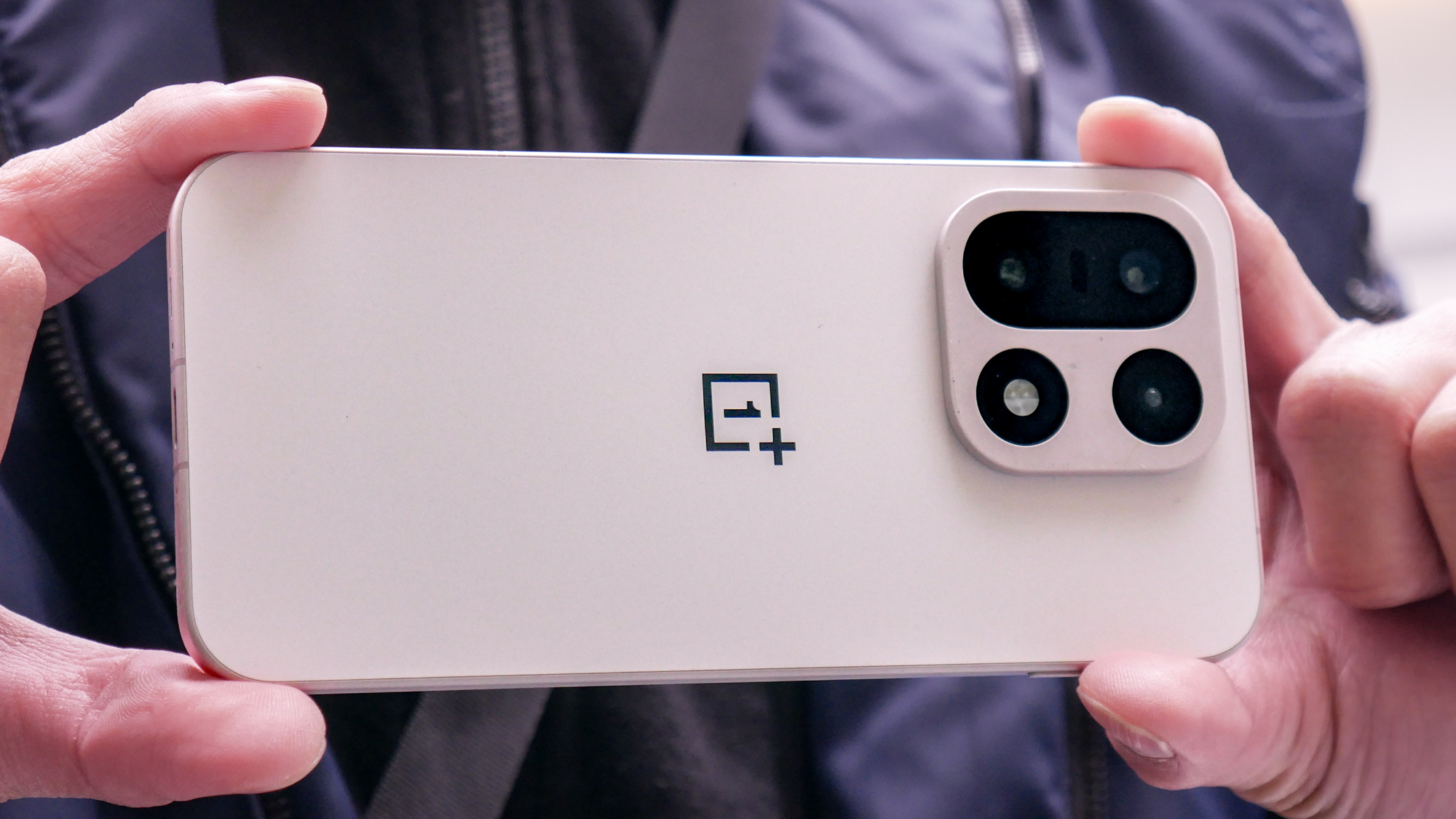
Specifications
Reasons to buy
Reasons to avoid
We may think the Pixel 10 is the best unlocked phone to get, but some Android users may be less convinced by Google's hardware. If that describes you, I'd push you toward the OnePlus 15 as an unlocked Android alternative, as opposed to Samsung's Galaxy S phones.
Part of that's a matter of timing. The current Galaxy S25 is going to be replaced in the next month or two by the Galaxy S26 series. But the OnePlus 15 is a better choice on its own merits, starting with the more advanced Snapdragon 8 Gen 5 chipset powering the device and turning in the best benchmark results we've seen on an Android device. The efficiency of Qualcomm's chipset coupled with a huge 7,300 mAH helped the OnePlus 15 turn in a record time on our battery test — more than 25 hours, which is around 5.5 hours better than the OnePlus 13 that this model replaces.
OnePlus achieves this big bump in battery size by turning to new silicon-carbon battery technology, which allows for a denser power pack that doesn't require a corresponding increase in size. As a result, the OnePlus 15 only weighs 0.03 ounces more than its predecessor. I found the phone very easy to tote around.
Two areas where OnePlus flagships have lagged behind the competition — cameras and AI features — are much improved with the OnePlus 15. Compared to both an iPhone 17 and Galaxy S25 Ultra, I thought the OnePlus 15 delivered colorful shots with good dynamic range. The only area where it came up well short of other top camera phones was with night shots. As for AI, Google's phones still set the pace, but I think the OnePlus 15 has stepped up with a lot of useful photo-editing tools powered by AI.
Read our full OnePlus 15 review.
Best cheap unlocked iPhone

Specifications
Reasons to buy
Reasons to avoid
The cheapest iPhone is now the iPhone 16e, which is often considered as the spiritual successor to the iPhone SE (2022). What's great about this new 'budget' iPhone is that it's a totally different breed because of the upgrades it's packing.
For a phone that costs $599, the iPhone 16e captures stunning photos with its single 48MP rear camera. Not only does it have a much improved night mode, but it leverage image processing techniques that give it an effective 2x zoom with optical-like quality.
The iPhone 16e also benefits from the same 6.1-inch OLED screen and Apple A18 chip found in the standard iPhone 16 — but it's the first iPhone to feature Apple's new C1 modem. Best of all, this cheaper iPhone has access to all the same Apple Intelligence features found on other top iPhones, including the latest iPhone 17 models.
Read our full Apple iPhone 16e review.
Best unlocked Android value

Specifications
Reasons to buy
Reasons to avoid
When it comes to the mid-range space, no one does it better than Google — and the Pixel 9a continues to prove that. Luckily Googles keeps its price firmly under $500, which is fantastic given how other recent phones have price increases.
For a budget phone, it has an attractive Actua display that surprisingly delivers a potent amount of brightness for outdoor use. The design, too, has been changed over previous models with the cameras nearly flush against the rest of the body. That alone is unique given how most phones have considerable camera humps, but it's even better when the camera performance continues to be outstanding.
There's also more Google AI features thrown in, including new additions that I enjoy using such as Call Notes that records phone calls, transcribes them, and summarizes them for me. If that's not enough, its battery lasts longer and still benefits from the same 7 years of software support.
Read our full Google Pixel 9a review.
Long-lasting unlocked phone
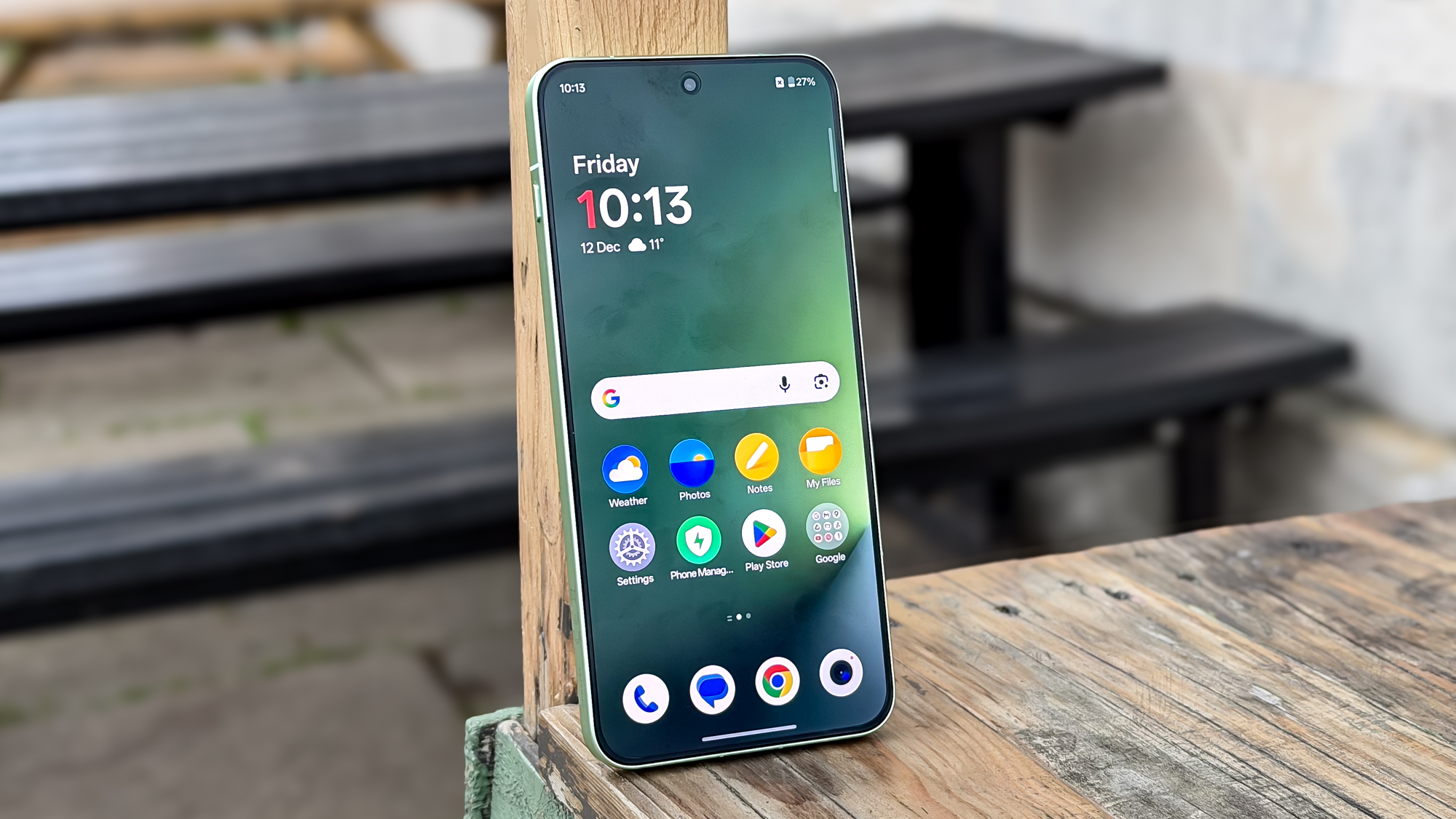
Specifications
Reasons to buy
Reasons to avoid
OnePlus is setting an early standard for battery life as 2025 gives way to 2026. First, the OnePlus 15 turns in the longest time we've ever recored on our battery test. Then, the cheaper OnePlus 15R lands in the runner-up slot, also breaking the 20-hour mark by lasting just shy of 22 hours of continuous web surfing.
You make some trade-offs with this phone compared to the fully featured OnePlus 15. In lieu of a top-of-the-line Snapdragon 8 Elite Gen 5 chipset, the OnePlus 15R turns to a less powerful Snapdragon 8 Gen 5 chipset. The telephoto lens is gone, as is support for wireless charging.
Still, against phones in its price range, the OnePlus 15R holds up well against the Pixel 9a in shots taken by my colleague Richard Priday. The OnePlus 15R offers the same set of AI features as the OnePlus 15, and it also promises the same level of water resistance. The OnePlus 15R isn't a flagship, but it's not far off the pace.
Unfortunately, the price isn't that different from a flagship either, with OnePlus charging $699 before a $50 rebate kicks in. Even then, this is much more expensive than both the iPhone 16e and Pixel 9a, making the OnePlus 15R a harder sale if you're buying an unlocked version and paying the full amount upfront. Still, that long battery life might be enough to ease any concerns over price.
Read our full OnePlus 15R review.
Best unlocked phone under $200
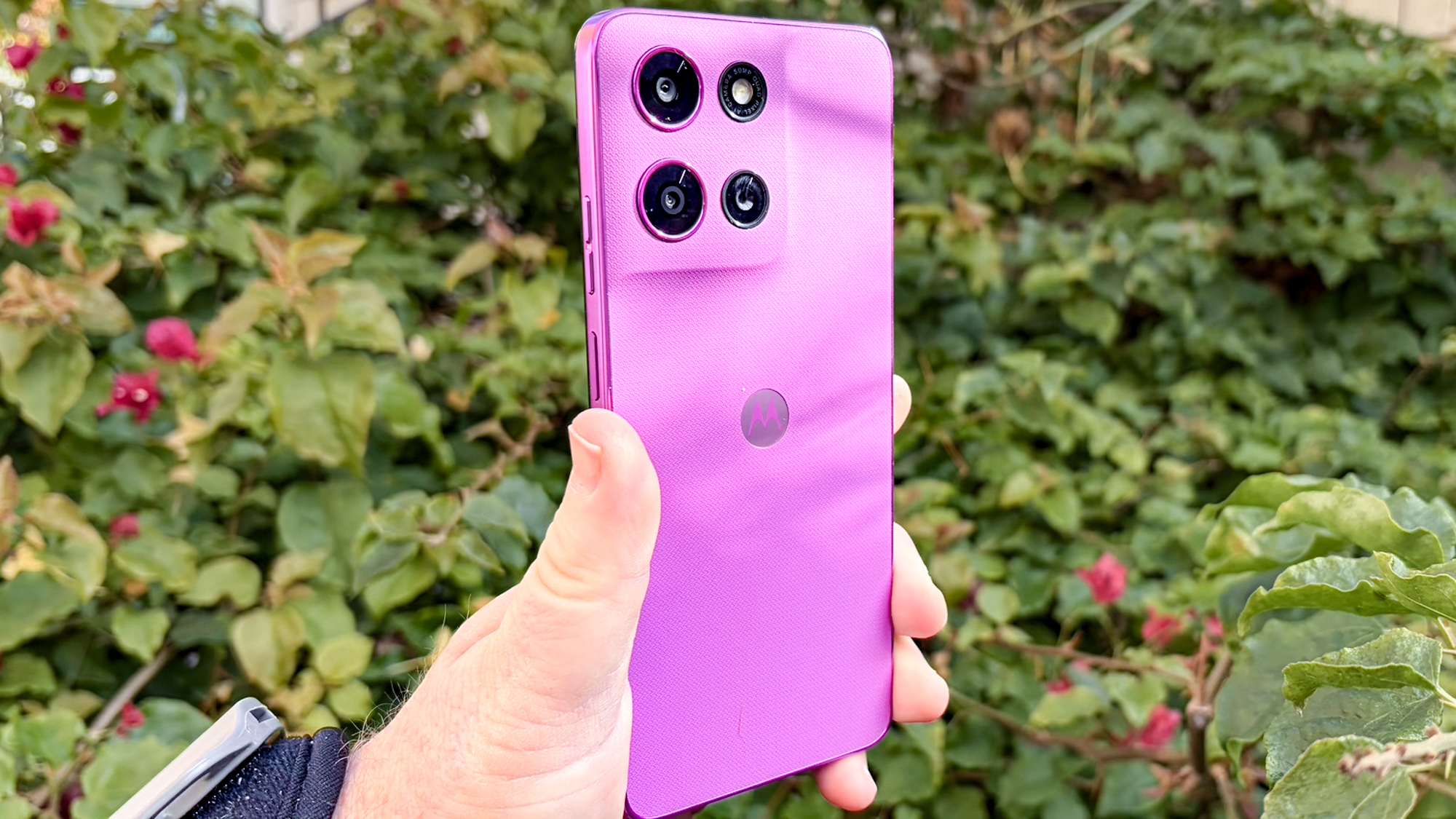
Specifications
Reasons to buy
Reasons to avoid
After the 2025 version of the Moto G impressed for delivering long battery life in a surprisingly attractive package that didn't break the bank, the Moto G (2026) is here to knock its predecessor off its perch as the unlocked phone to get when you don't want to spend more than $200.
Make no mistake — you have to make some trade-offs to get that price, especially since the 2026 model makes few changes from last year's version. That includes a disappointingly dim display, which isn't always easy to see in bright sunlight.
But the Moto G (2026) improves in some key areas, like battery life. With a slightly larger battery than its predecessor, the new Moto G lasted more than 19 hours on our battery test — the best time we've recorded for a budget device. And my colleague Philip Michaels noted that the upgraded selfie cam on the Moto G (2026) captures more detail than before, as the camera setup on this budget phone continues to punch above its weight by producing better photos than you might expect from a low-cost device.
Read our full Moto G (2026) review.
Best unlocked foldable phone
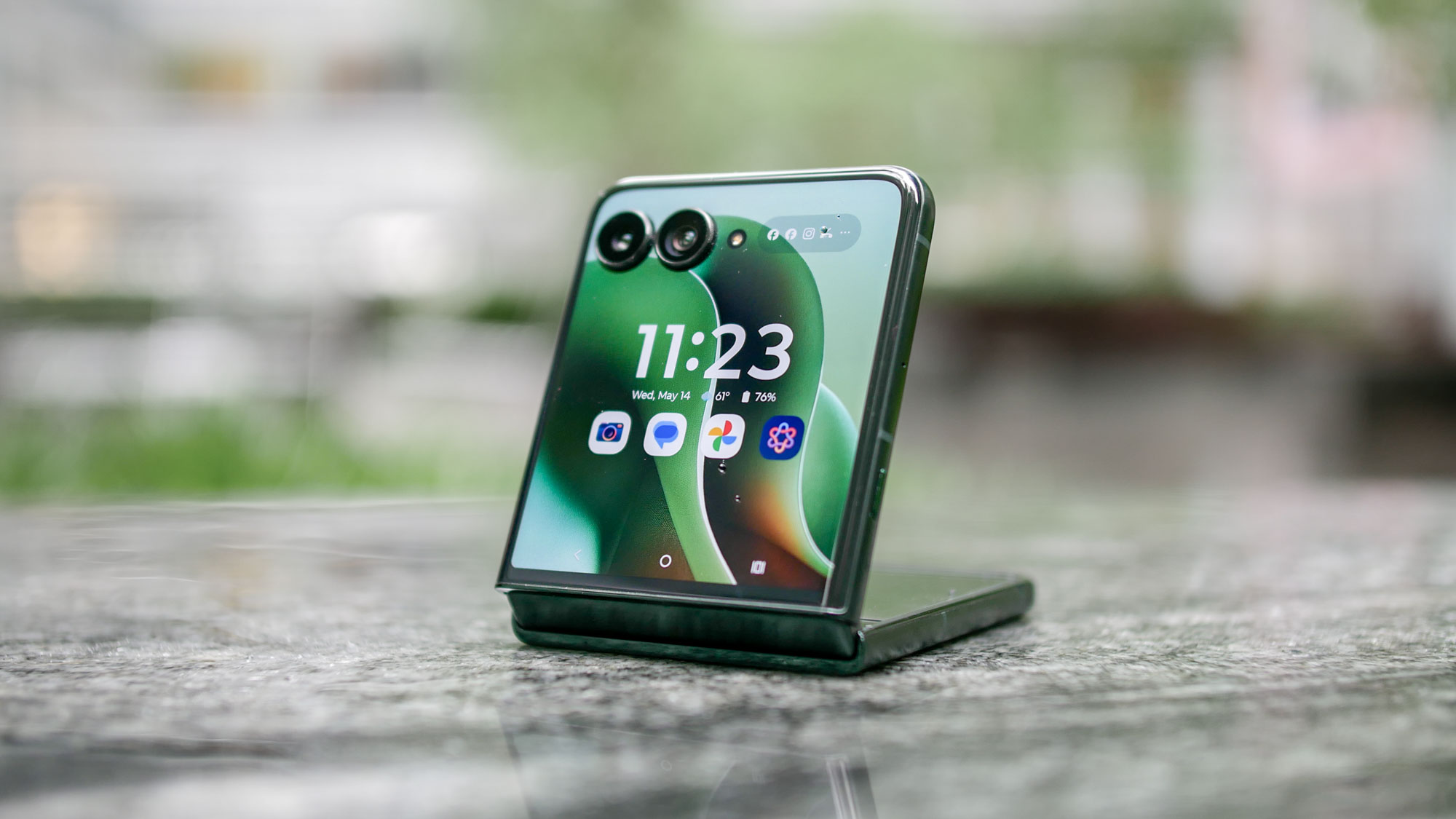
Specifications
Reasons to buy
Reasons to avoid
The Motorola Razr Ultra 2025 is the most powerful flip-style phone I've tested to date. This is due to the new hardware upgrades, like how it moves up to a flagship caliber chipset with the Snapdragon 8 Elite.
Yes, it costs much more than the previous Razr Plus models, but it's justified by its larger 7-inch main display, bigger 4,700 mAh battery that lasts longer, generous 16GB of RAM, and ample 512GB worth of storage.
Since it's a flip-style foldable, I love how it's suitable for creators when I pair its rear cameras with its 4-inch outer screen. Vlogging is easier with this setup than any other phones, plus I love how Moto reverts back to giving it an ultrawide camera instead of the telephoto one in the previous Razr Plus 2024.
Read our full Motorola Razr Ultra 2025 review.
How we test unlocked phones
In order for a smartphone to make our best phone list, it needs to excel on several tests that we run on every handset. We perform some of these tests in our labs and some in the real world.
When it comes to performance, we rely on such synthetic benchmarks as Geekbench 5 and 3DMark to measure graphics performance. These tests allow us to compare performance across iPhones and Android devices. We also run a real-world video transcoding test on each phone using the Adobe Premiere Rush app and time the result. (We unfortunately have to skip this test on some phones due to app compatibility issues, but we attempt this benchmark with each device we get in to review.)
| Row 0 - Cell 0 | Geekbench 6 (single-core / multicore) | 3DMark Wild Life Unlimited (FPS) |
Pixel 10 | 2,345 / 6,581 | 80.58 |
iPhone 17 | 3,701 / 9,460 | 80.58 |
OnePlus 15 | 3,618 / 11,116 | 173.8 |
iPhone 16e | 3,328 / 8,132 | 71.27 |
Google Pixel 9a | 1,707 / 4,512 | 57.44 |
OnePlus 15R | 2,691 / 9,502 | 127.9 |
Moto G (2026) | 804 / 2,124 | 8.2 |
Motorola Razr Ultra 2025 | 2,719 / 8,342 | 145.32 |
To measure the quality of a phone's display, we perform lab tests to determine the brightness of the panel (in nits), as well as how colorful each screen is (DCI-P3 color gamut). In these cases, higher numbers are better. We also measure color accuracy of each panel with a Delta-E rating, where lower numbers are better and score of 0 is perfect.
| Row 0 - Cell 0 | sRGB (%) | DCI-P3 (%) | Delta-E |
Pixel 10 | 125.7 (Adaptive), 106.6 (Natural) | 89 (Adaptive), 76.9 (Natural) | 0.29 (Adaptive), 0.30 (Natural) |
iPhone 17 | 111.3 | 80.2 | 0.20 |
OnePlus 15 | 111.8 (Vivid), 110.8 (Natural) | 79.2 (Vivid), 78.4 (Natural) | 0.29 (Vivid), 0.20 (Natural) |
iPhone 16e | 127.4 | 90.2 | 0.26 |
Pixel 9a | 133 (Adaptive), 118.3 (Natural) | 94.2 (Adaptive), 83.8 (Natural) | 0.24 (Adaptive), 0.2 (Natural) |
OnePlus 15R | 115.2 (Natural) | 81.6 (Natural) | 0.29 (Natural) |
Moto G (2026) | 129.9 (Vivid), 108.1 (Natural) | 92 (Vivd), 76.6 (Natural) | 0.27 (Vivid), 0.26 (Natural) |
Motorola Razr Ultra 2025 | 214.3 (Vivid), 123.2 (Natural) | 151.8 (Vivid) / 123.2 (Natural) | 0.33 (Vivid) / 0.26 (Natural) |
One of the most important tests we run is the Tom's Guide battery test. We run a web surfing test over 5G (or 4G if the phone doesn't have 5G support) at 150 nits of screen brightness until the battery gives out. In general, a phone that lasts 10 hours or more is good, and anything above 11 hours makes our list of the best phone battery life.
| Row 0 - Cell 0 | Battery life (Hrs:Mins) |
Pixel 10 | 13:13 |
iPhone 17 | 12:47 |
OnePlus 15 | 25:13 |
iPhone 16e | 12:41 |
Google Pixel 9a | 13:08 |
OnePlus 15R | 21:54 |
Moto G (2026) | 19:10 |
Motorola Razr Ultra 2025 | 15:42 |
Last but not least, we take the best phones out in the field to take photos outdoors, indoors and at night in low light to see how they perform versus their closest competitors. We take shots of landscapes, food, portraits and more, and also allow you to be the judge with side-by-side comparisons in our reviews.
How to choose the best unlocked phone for you
- Find a phone that works on your carrier: The vast majority of unlocked devices operate on GSM networks in the U.S. These include AT&T and T-Mobile, as well as discount carriers that run on those networks, such as Cricket Wireless, Metro by T-Mobile and Straight Talk. Some so-called multimode unlocked phones also work with CDMA carriers like Sprint and Verizon, such as all of Apple's iPhones, and the Google Pixel 4a.
- Make sure the coverage map fits your needs: In terms of coverage area, there's less discrepancy between networks than ever before, but there are still gaps, especially in less-populated areas. "Make sure [the phone you're buying] works on a carrier that offers good coverage in your area," advised Avi Greengart, research director for consumer platforms and devices at market research firm Current Analysis.
- Shop around, and don't be afraid to go used: Because some unlocked phone makers skip the carriers to sell their devices, they can often pass those savings onto you. However, don't be afraid to entertain buying one of the best used smartphones, as you can often find very tempting offers on previous-generation flagships from sites like Swappa, Decluttr and even Amazon for refurbished examples.
Get instant access to breaking news, the hottest reviews, great deals and helpful tips.

John’s a senior editor covering phones for Tom’s Guide. He’s no stranger in this area having covered mobile phones and gadgets since 2008 when he started his career. On top of his editor duties, he’s a seasoned videographer being in front and behind the camera producing YouTube videos. Previously, he held editor roles with PhoneArena, Android Authority, Digital Trends, and SPY. Outside of tech, he enjoys producing mini documentaries and fun social clips for small businesses, enjoying the beach life at the Jersey Shore, and recently becoming a first time homeowner.
